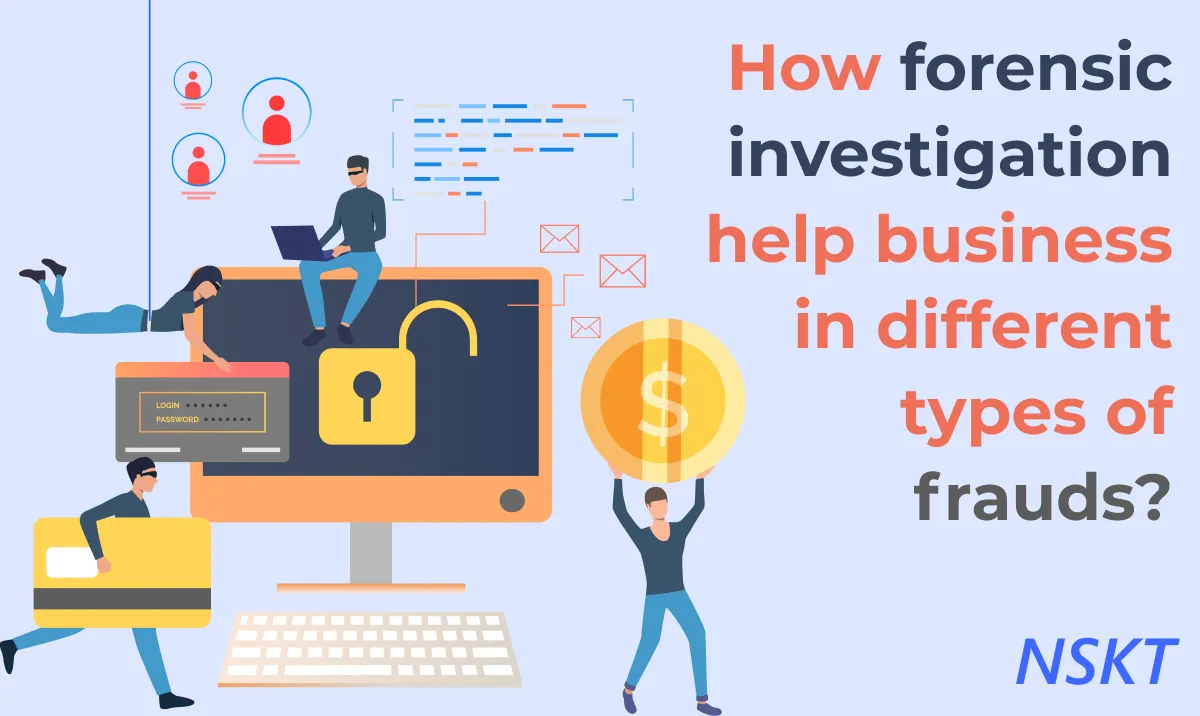Table of Contents
Fraud Overview
Corporate fraud consists of unlawful or immoral and dishonest acts performed either by a corporation or by a person operating as an employee of the company in their ability. Corporate fraud processes are also highly nuanced and, thus, impossible to recognize. To dismantle a corporate fraud structure in its entirety, it sometimes takes an office full of forensic accountants' months. If a corporate crime is performed by a major corporation's top management, the fraud also extends to billions of dollars in amount. Consumers or customers, creditors, investors, other entities, and, ultimately, the company that is the center of the scam and its employees are the victims of corporate fraud. The business committing the crime is frequently left in ruins and forced to declare bankruptcy until it is eventually revealed.
Importance of Fraud Risk Management
Fraud Risk Management (FRM) is the method by which ethics and security systems and associated anti-fraud measures are implemented by companies. Companies are working more than ever in a dynamic global market setting. They are sinking in a sea of digital records, adapting to the risks of doing business in emerging countries, scrambling to deal with expanded legislation, and seeking to prevent expensive compliance.
Fraud Risk Management is extremely important because of the following main reasons:
- Prevent cases of theft/corruption from occurring in the first place;
- Detect cases of theft/wrongdoing as they occur; and
- React correctly and take disciplinary steps where there is a breach of honesty.
The challenge for enterprises, however, is to build a plan that enables them to:
- Know the different legislative and evaluative mechanisms available to them;
- Ensure that there are safeguards such as risk evaluations, codes of ethics, and mechanisms for whistle-blowers; and
- Establish a comprehensive curriculum on ethics and compliance.
In addition to allowing proper compliance with legal and regulatory standards, an FRM policy can also help the company balance its corporate principles and results while maintaining assets and driving aligned organizational conduct.
Ways to carry out a forensic investigation
- Developing Policy and Procedure: Digital information may be fragile and extremely vulnerable, whether linked to illegal cyber operations, criminal conspiracy, or the intent to commit a crime. Professionals of cybersecurity recognize the this data and accept the reality that, if not carefully managed and secured, information can be easily exploited. For this cause, strict protocols and procedures for operations relating to computer forensic investigations are important to develop and obey. These protocols can provide specific guidance on which computer forensics analysts are allowed to collect possible digital information, how to adequately plan evidence retrieval systems, where to preserve any evidence recovered, and how to record these operations to better guarantee that the data is accurate.
- Assessment of the Evidence: The identification of possible evidence of a cyber case is a central part of the investigatory process. A good view of the facts of the case at hand, and hence the classification of the cybercrime in question, is essential to the successful collection of evidence. For example, if an organization wants to prove that a suspect has committed identity theft-related offenses, detectives of data forensics employ specialized tools to sift through hard drives, email addresses, social networking sites, and other digital records to locate and analyze any information that may serve as viable evidence of the crime.
- Acquisition of the Evidence: A systematic, comprehensive strategy for collecting evidence is probably the most important facet of effective electronic forensic analysis. Prior to, after, and after the procurement process, thorough reporting is required; comprehensive records, including all hardware and software configurations, all systems involved in the examination process, and the systems being examined, must be registered and maintained. This step is where the most important policies are linked to protecting the credibility of future facts. The physical removal of storage media, using managed boot discs to recover confidential data and maintain functionality, and taking sufficient measures to copy and pass information to the investigator's machine are general recommendations for maintaining evidence.
- Examination of Evidence: Procedures must be in place for retrieving, copying, and maintaining information inside suitable libraries in order to efficiently examine possible evidence. Usually, authorities analyze records from specified repositories using a range of information processing techniques and approaches; these may include using forensic tools to scan large data archives for unique keywords or file forms, as well as recently removed file retrieval procedures. For police, data marked with times and dates is especially helpful, as are suspicious files or applications that have been encrypted or purposely obscured.
- Documenting and Reporting: Software forensic analysts must maintain an accurate record of all investigation-related operations, including all techniques used to verify device capabilities and download, copy, and store data, as well as all steps taken to obtain, analyze, and review evidence, in addition to thoroughly recording information related to hardware and software specifications. Not only does this illustrate how consumer data privacy has been protected, but it also ensures that both stakeholders have adhered to proper protocols and procedures. Although the aim of the whole procedure is to collect facts that can be used in a court of law as proof, the inability of an investigator to properly record his or her process may undermine the legitimacy of that evidence and, eventually, the case itself.
Conclusion
The area of investigation in computer forensics is increasing, especially as law enforcement and legal authorities understand just how important IT professionals are when it comes to investigative procedures. Tracking disruptive web activities has been critical with the rise of cyber terrorism to defend private users, as well as protecting online operations in the fields of public safety, national security, governance, and law enforcement. Digital activity monitoring helps authorities to relate cyber messages and remotely stored records to physical evidence of criminal activity; computer forensics also enables investigators to discover premeditated criminal intent and can help deter possible cybercrimes. There are five crucial stages in digital forensics for those working in the area, all of which lead to a comprehensive and revealing investigation. NSKT Global provides with best fraud and forensic experts in USA and UAE for your business to stay safe and operate healthy.







